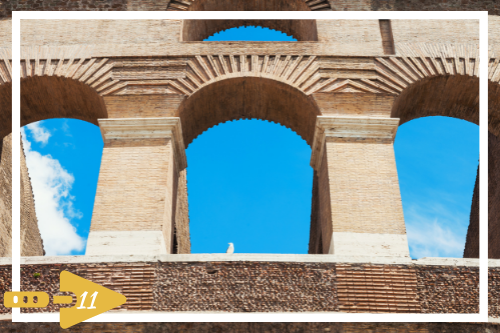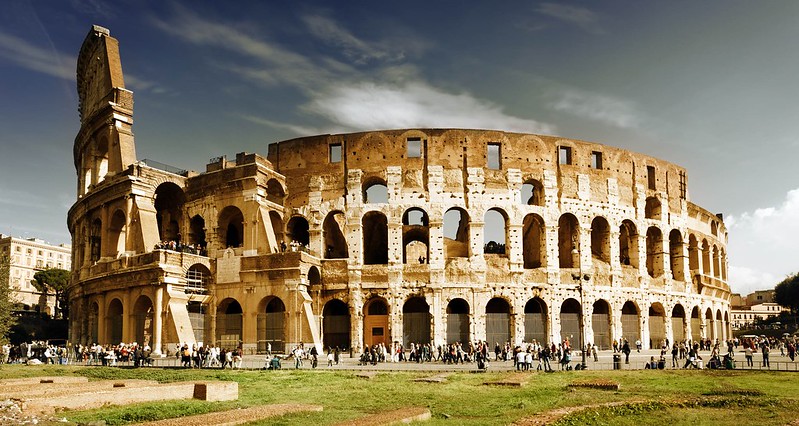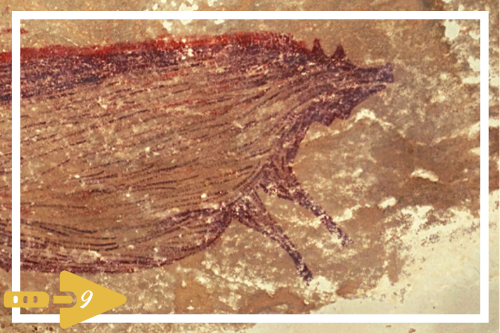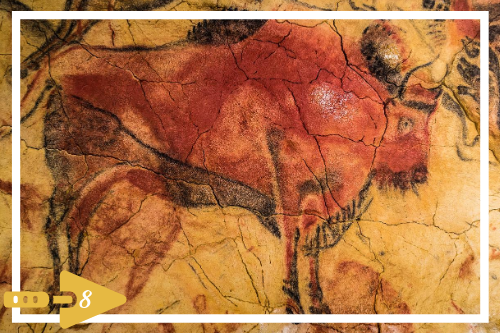
Buon viaggio!
Dr. Arty Fax’s Archy Facts is a blog introducing kids to the exciting world of archaeology!

Pack your bags for Italy! For the first time in its history, the underground areas of the Roman Colosseum are open for the public to explore! This series of tunnels and chambers, called the hypogeum, worked like a backstage for the events taking place in the arena above. Gladiators and others were held here and many times raised up to the arena floor through a series of lifts and trap doors. This allowed the actors, wild animals, and gladiators to suddenly appear. Talk about some ancient special effects!
Archaeological RESTORATION is the process through which sites are protected from further damage and returned to how they were in the past. When visiting a restored site, always remember that what you are seeing is the archaeologist’s best idea of what it may have looked like (based on evidence of course!). Many times structures will not be rebuilt but conserved. CONSERVATION will preserve or keep a site how it was found, but in a way so the public can safely visit.

Emperor Vespasian built the Colosseum in 72-80 CE, the world’s largest amphitheater. His son Titus would hold the first games soon after, the last of which was in 523 CE. This grand arena could hold between 50,000 and 70,000 spectators, watching and cheering on the bloody and brutal games. Fights between gladiators, animals, and convicted criminals, as well as battle reenactments were popular during this time.
You may never want to see these gruesome games back in the day, but it sure would be interesting to walk the halls of the gladiators now!
To find out more about the Colosseum and the unveiling of the hypogeum, check out: Colosseum Opens Its Belly to the Public and 10 facts about the Colosseum! National Geographic Kids




